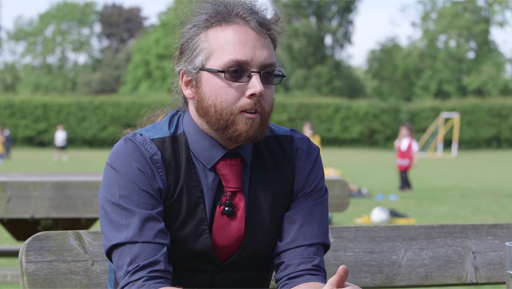4.2 E-safety in school
By better understanding what children do online outside of school, teachers are better positioned to support both children and their parents and manage the risks appropriately.
Activity 5 Thinking about e-safety
Watch this video of Luke Crickwood, a teacher, e-safety and IT coordinator at All Saints Inter-Church Academy in Cambridgeshire, England. Every year he leads an audit to find out how their pupils use the internet, as part of the school’s e-safety review.

Transcript: Video 2
Notice the difference Luke highlights between the girls’ and boys’ perception of cyberbullying, as well as how it seems to be more prevalent the older the children get.
According to Ofcom (2017) just 12% of 8–11 year olds say they have been bullied, with this more likely to have been face to face (6%) than on social media (1%). These numbers do rise to 12% respectively for children aged 12–15. There are clearly more risks in being online than just cyberbullying, but it is worth noting that nearly all internet users (97%) aged 8–15 report having been taught how to use the internet safely by a teacher, parent or both (Ofcom, 2017).
Next, you will read about a research study of children and how they play and learn online in ‘virtual worlds’.
